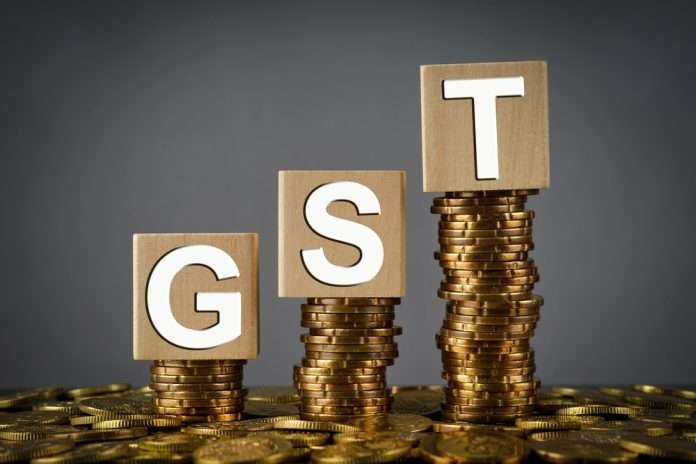GST and resultant economic reforms
In the Budget Speech this year, when Finance Minister talked about improved tax buoyancy. Tax buoyancy is one of the most important indicator of the efficiency and responsiveness of tax revenue mobilisation to GDP growth. It is calculated as a ratio of percentage growth in tax revenues to growth in nominal GDP for a given year. Tax is said to be buoyant if the gross tax revenues increase more than proportionately in response to a rise in GDP figures.
Tax buoyancy can improve significantly with strengthening of indirect tax regime and its compliance and implementation. However, indirect taxes are very inequitable because it taxes the rich and poor at the same level. But collecting indirect taxes is easy and fast. That is why governments rely on indirect taxes to increase its tax base and augment maximum tax revenues. This is what the Government has achieved through GST. There were many noteworthy initiatives taken by Modi Government to bring maximum business units under the tax net. A brief summary of the same are:
Reducing tax exempt limits from Rs. 15 mn to Rs. 2 mn. This brought many business units within the tax net. Initially reverse charge mechanism in which purchasers of small units with a turnover lesser than Rs. 2 mn will have to pay GST on their purchases and then claim Input Tax Credit was introduced. This was done with the intent to bring all units within the tax net. However, due to various technical and administrative issues it was not put on hold. Now the Government is again talking of reimplementing it. This will ensure all units including small enterprises’ turnover will be under government’s scanner.
With ease of implementation of and compliance in Composition Scheme many small businesses have started getting registered with GST Department. State Governments started getting stricter in implementation and enforcement of GST by searching business establishments to check their GST registration and penalizing them. This has led to many businesses who were working without proper registration get themselves registered, to avoid penalties, etc. Now Eway bill is also enforced. This will lead to better control over movement of goods and thereby force more business units to get registered.

Government has worked on bringing more and more business units under GST net. This has led to an increase of eligible units required to file GST returns from 6.7 mn units in July 2017 to 8.7 mn units in March 2018. Also number of returns filed has increased from 3.8 mn returns in July 2019 – which is 57.7% of the eligible units filing GST returns to 5.5 mn units filing GST returns which is 62.6% of the eligible units. The GST Tax revenues for the first year FY 2018 stood at Rs. 7.47 Tn. Out of this the Centre’s share in GST was Rs. 4.45 Tn. FY2019 GST collection targets for the Centre are estimated at 7.44 Tn.
Return Period Required to file returns Till due date
Returns %
Jul- 17 6,647,581 3,834,877 – 57.7%
Aug- 17 7,370,102 2,725,183 – 37.0%
Sep- 17 7,823,806 3,934,256 – 50.3%
Oct- 17 7,721,075 4,368,711 – 56.6%
Nov- 17 7,957,204 4,913,065 – 61.7%
Dec- 17 8,122,425 5,426,278 – 66.8%
Jan- 18 8,322,611 5,394,018 – 64.8%
Feb- 18 8,527,127 5,451,004 – 63.9%
Mar- 18 8,715,163 5,458,728 – 62.6%
This table along with tax collection data above and revenue targets for FY2019 shows that the government is on right track in implementing GST, plugging loopholes, enforcing compliance, and ensuring that GST is properly collected. In June 2018, Eway Bill is made compulsory in interstate sales. This is a way to curb tax evasion.
Growth in tax revenues for centre and states will result in government being able to achieve the target of successful implementation of GST. However, government will have to work on:
Controlling price rise and ensuring that manufacturers pass on benefits of GST to consumers by reducing prices by strictly enforcing anti profiteering mechanism
Swiftly and successfully implementing eway bill in intra-state sales to curb whatever evasion is left Simplifying eway rules and transportation rules to ensure easier movement and ease of doing business.
GST would become a game changer for the economy and a right step in right direction, wherein we can achieve the objective of One Nation, One Tax. With effective implementation, Government would be able to expand the tax base and number of tax payers. However, Government must remember what Chanakya told ages ago, that the Ruler should be like a bee which collects honey (tax) without causing pain to the plant (tax payer). The Government will have to ensure that compliance is easy and implementation is tax payer friendly.
- Sumeet Mehta
(Chartered Accountant, Corporate Finance Professional and author of the book – Diagnosing GST for Doctors)



